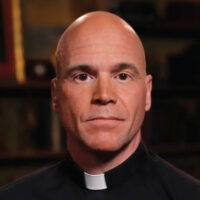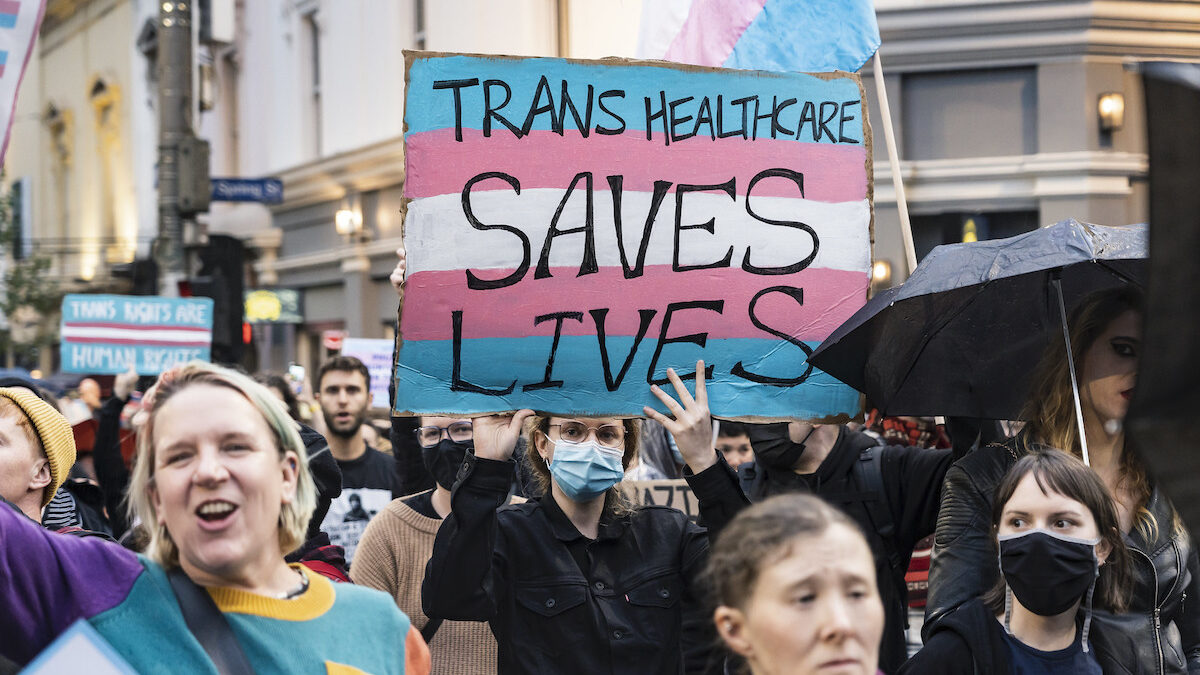This week, hundreds of millions of Christians throughout the world will commemorate the suffering and death of Christ. These observances will entail marking and remembering this momentous event through a solemn reading and careful consideration of the accounts of Christ’s death that are found in the Gospels.
The yearly practice of remembrance of the torture and execution of Christ is accepted by most Christians as an occasion of personal transformation and spiritual edification — unexpected meaning is found in calling to mind an event that is for the believer a testimony to the indomitable love of God manifested in His willingness to forgive even that which seems to be unforgivable.
While the internalization of the meaning of Christ’s suffering and death is undeniably personal, it is also cultural and always has been. When Christ’s earliest disciples held up the story of Christ’s cross to the culture in which they lived, a culture that employed the cross as an instrument of terror, they were knowingly engaged in an act of cultural subversion. Christ’s suffering and death had not only changed them, but it was also meant to change the world. How so?
Perhaps one of the most compelling accounts of how the cross of Christ stands athwart culture has been presented by 20th-century historian and literary critic Rene Girard. Girard saw in the Gospel accounts of the suffering and death of Christ something of surprising importance, an unexpected turn against a practice of violence that had been sanctioned for countless millennia — the propensity of individuals and social groups to seek the resolution of conflict by projecting hostility and blame onto a person or group.
We move easily into thinking the solution to our problems is to harm someone. Such scapegoating usually expresses itself in the collective will of a mob, through which the primary instigators of the violence could disguise their identities and motivations as well as deflect responsibility for their actions.
No Divine Sanction
Mobs allow the perpetrators of violence to maintain their anonymity and keep themselves unsullied from the consequences of their cruelty. Over the centuries, great efforts have been taken to protect and justify scapegoating violence, including employing the deceptions that such activities have divine sanction or can be justified as somehow serving a greater and more important good. And it is relatively easy to stir a mob into a frenzy against an intended target. All one needs is an accusation, justifications of imminent danger, and an opportune moment. Convince a mob that their actions are righteous, and they will prove to be practically unstoppable.
Girard believed the dynamics of scapegoating violence are on vivid display in the Gospel accounts of Christ’s suffering and death, and are the key to understanding a truth fundamental to its meaning. Christ’s suffering and death reveal just how the scapegoating tendencies surface and how they are employed, but more than this, they also reveal that God stands against them and seeks their subversion.
Inasmuch as God is against the instigators and their mobs, we should be too, and one of the best ways to represent our defiance is to make sure the Gospel is proclaimed loud and clear. We want scapegoats, but God doesn’t, and he positions himself against our attempts to justify our cruelty toward others. We can try to convince others our scapegoating is necessary, even virtuous, but the Gospel accounts of Christ’s suffering and death tell us God knows what we are up to and sees through our deceptions.
Digital Mobs
The scapegoating mobs of the past have all gone digital in the present, and in many ways this transition has made them far more effective and insidious. Add to this digital scapegoating environment the insight from Girard that the propagation of the story of the suffering and death of Christ has imparted a great sensitivity toward those claiming to be victims. The sensitivity to honor the claims of victims can make it difficult to discern whether the claims of victim status are true or are instead a means of leveraging one’s grievances for the purpose of self-interest and personal gain.
This all creates the thick muck of behaviors that constitute the vindictive realities of “cancel culture.” The negative energies of cancel culture, with its anonymous troll demons, social media mobs, and justified violence in the name of victim advocacy are manifested in an unending display of scapegoating violence.
Cancel culture is really an ancient form of attempting to settle scores or attain social cohesion through harming others. Digital technology has enabled scapegoating violence to reassert itself and be propagated on an unimaginable scale. Social media has become a dangerous place, as one never knows who will be targeted next for expulsion or what seemingly benign action or observation will bring the mob to one’s door.
Those who have sufficiently reflected on the Gospel account of the suffering and death of Christ can look squarely in the face of cancel culture and name it for what it is. We should know and see what God knows and sees. Hidden in cancel culture’s dark recesses is the same power that lurks in the human condition, a terrible power that brought Jesus to His cross.









